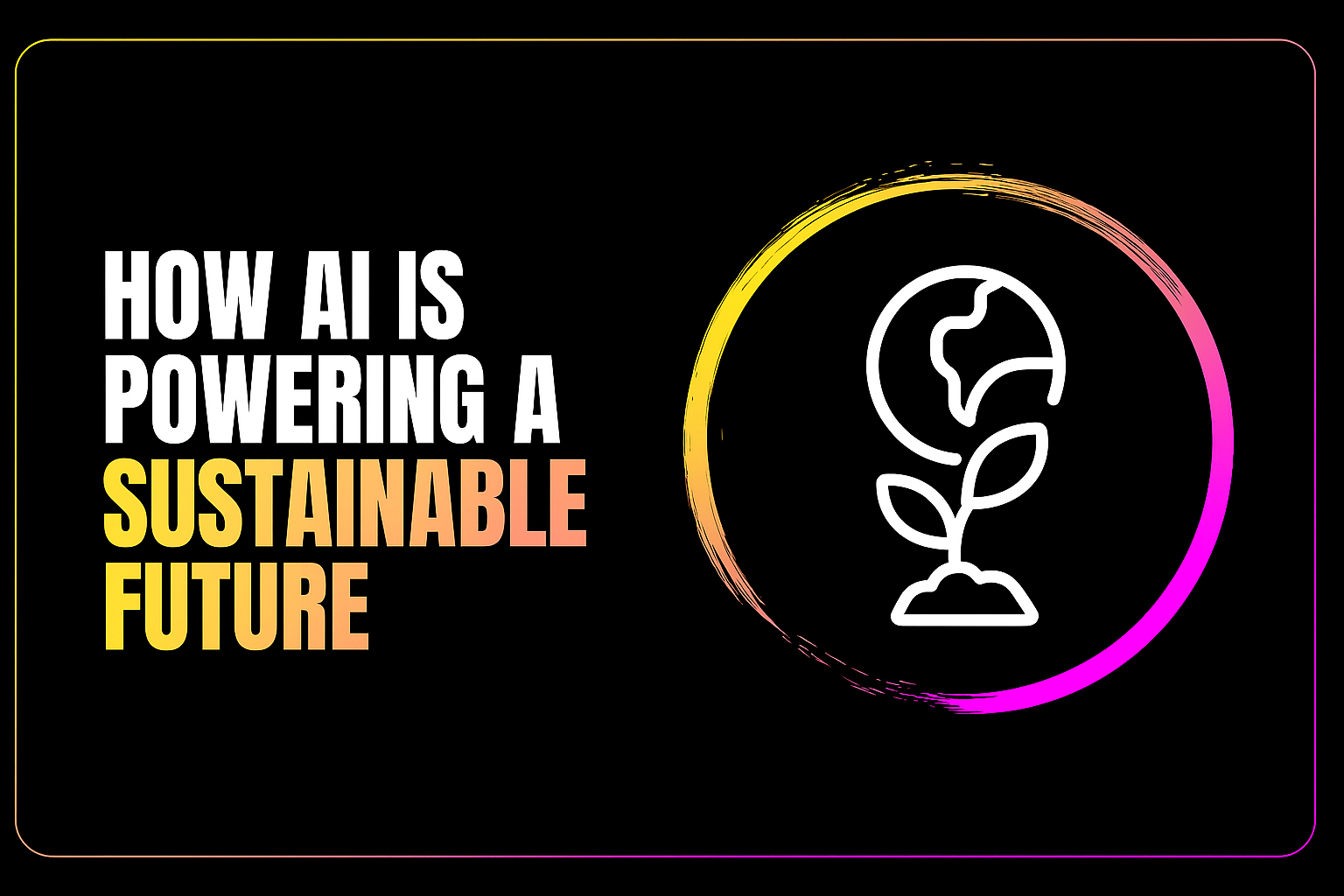
Optimize for a greener future with AI. Discover how AI is revolutionizing energy, agriculture, and material science to drive global sustainability and achieve significant environmental victories.
Climate change is probably one of the biggest, most complex puzzles humanity has ever faced. You might even be concerned about the energy needed to power your super powerful AI APEs. This technology consumes massive power. But AI is also the most powerful optimization tool on the planet, and leading companies are now turning it loose on the challenge of global sustainability—where the smallest efficiency gains can mean huge environmental victories.
Did you know…
Companies that are actively using AI to help reduce their emissions are 4.5 times more likely to experience significant decarbonization benefits compared to those that aren't [^1]. This shows the huge leverage AI provides in corporate sustainability efforts.
The biggest hurdle for clean energy is reliability. The wind doesn't always blow, and the sun doesn't always shine. This is where AI truly shines, acting as the ultimate forecaster and balancer for the electrical grid.
You know how Google uses AI to help you find the most fuel-efficient route? They apply that same predictive power to massive wind farms. DeepMind, Google's AI subsidiary, designed a neural network that predicts wind power output up to 36 hours in advance with unprecedented accuracy. This level of foresight means utilities can plan around energy gaps, reducing the need to fire up expensive, polluting fossil fuel backup plants. The result is a more reliable grid and a lower carbon footprint for everyone.
It's not just the generation; it’s the consumption too. Industrial companies are using AI to model complex operations, creating "digital twins" of entire factories. For example, Titan Cement used AI to model its manufacturing processes and successfully reduced its energy consumption by 5% to 10%. It’s subtle, persistent optimization at a massive, industrial scale.
Did you know…
Farmers who consistently use precision agriculture technologies have already achieved a 7% increase in fertilizer placement efficiency.
Feeding a growing population while conserving precious resources is one of our defining challenges. Fortunately, AI has become the ultimate partner for farmers who want to maximize yield while minimizing environmental impact. We call this precision agriculture.
AI-driven irrigation systems use sensors in the field to monitor soil moisture, local weather, and the precise needs of a crop. This granular, real-time data allows farmers to automate their irrigation systems. One preliminary field study on a tomato farm showed that implementing a smart AI-powered irrigation system resulted in a 35% reduction in water usage while simultaneously boosting the crop output by 25%. You're getting a massive increase in water efficiency and a better yield for your food supply.
Agricultural giants and tech partners are driving this movement. Bayer’s FieldView platform uses AI to create prescription maps, helping farmers apply fertilizer and pesticides only where necessary. This targeted approach prevents chemical runoff and soil degradation, moving the industry toward a truly sustainable model. Microsoft, through its AI for Earth program, is also building AI tools to empower efficient management of agriculture and water resources globally.
Finally, AI is accelerating the pace of pure scientific discovery for a greener planet. Traditional material science research, such as finding better battery components, can take years of painstaking lab work. AI slashes that time.
Microsoft recently collaborated with a national laboratory to use AI to discover a new battery material requiring less lithium—a breakthrough achieved in weeks rather than the years that traditional research would have required. By helping researchers design and test new materials with ten-fold greater accuracy, AI becomes the turbocharger for innovations that make clean energy storage cheaper, lighter, and more efficient.
The takeaway here is clear: while AI demands power, its ultimate impact is in directing energy and resources with a level of precision that was once impossible. It’s the smart technology that enables you and every industry on the planet to pursue true sustainability.